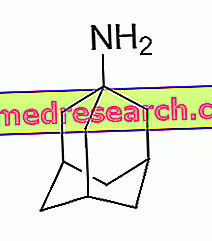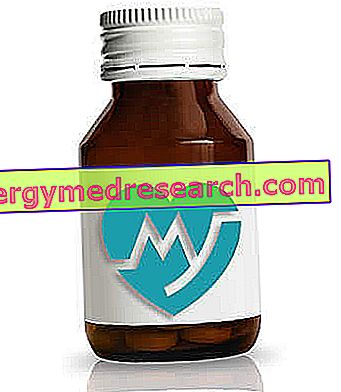Once bioactivated, carbon tetrachloride (CCl4, a complex and in itself not very toxic molecule), leads to a chain of events and to the formation of numerous toxic compounds. This molecule is also known as FREON 10 .
The Freon 10 was used in the past as a component in the liquid of fire extinguishers, in refrigerators, in air conditioners, in stain removers and in dry cleaning.
The freon 10 is very dangerous because it loses an electron with the metabolization in trichloromethylene (CCl3); the latter metabolite has an unpaired electron, therefore it becomes a radical, therefore a highly reactive compound. Trichloromethylene has many dangerous effects:
- it easily binds to the -EME group of proteins;
- blocks the activity of cytochrome P450 (as cytochrome is a hemoprotein);
- acts on other cellular proteins;
- can cause necrosis and liver cancer;
- may cause nephropathy;
- interacting with the fatty acids of membrane lipids, it leads to the formation of chloroform, which if oxidized leads to the formation of phosgene.
In the past, chloroform was used as an anesthetic; in reality it is a very toxic substance because it leads to the formation of a metabolite of very toxic carbon tetrachloride.

Also from Freon 10 FOSGENE is obtained, which is a highly toxic metabolite. In particular, among all the metabolites that are formed with the metabolism of Freon 10, Fosgene is clearly the most toxic compared to the others.
The phosgene metabolite in our body is inhibited by a hydrolysis action that breaks it down into hydrochloric acid (HCl) and carbon dioxide (CO2). However, if this inhibition system were to be insufficient, Fosgene irreversibly binds to all proteins through covalent bonds.



